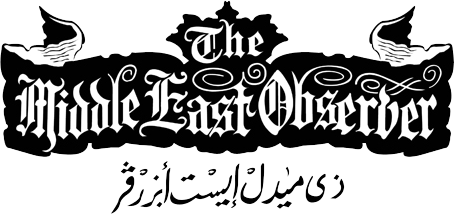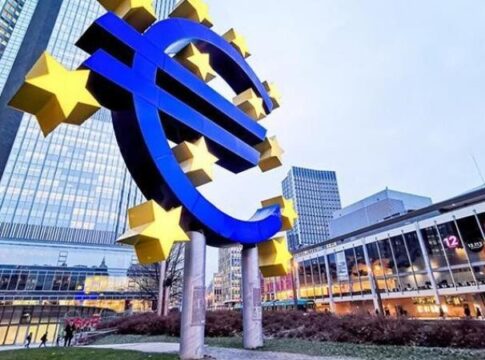In an unexpected turn of events, the Eurozone economy outperformed projections at the start of 2025, demonstrating a resilience that defied analysts’ forecasts amidst the looming threat of US tariffs. Official data from the European Union’s statistical agency revealed a 0.4% growth in the 20-member single currency bloc during the first quarter, doubling the predicted 0.2% increase anticipated by Bloomberg analysts.
This surprising economic vigor has been attributed, in part, to strategic advance purchases by European companies in the US, an effort to circumvent the impact of President Donald Trump’s tariffs. These tariffs, first imposed in early April, included sweeping 20% levies on a majority of European goods, with a temporary 90-day pause. Despite this, a global 10% tariff remains in place, keeping European markets on edge.
Franziska Palmas, a senior European economist at Capital Economics in London, provided insight into the situation: “The economy started the year on a stronger footing than we expected. However, the impact of the US tariffs introduced in April is anticipated to dampen growth significantly in the coming months.”
The potential for escalated trade tensions poses a significant threat to the Eurozone’s long-term economic health. The International Monetary Fund has already revised its annual growth forecast for the region down by 0.2 percentage points, projecting a modest 0.8% rise in 2025, reflecting anticipated challenges from ongoing US trade policies.
Among individual Eurozone countries, Ireland’s export strategy particularly stood out. In February, Ireland’s exports to the US surged by 210%, predominantly driven by pharmaceutical products and chemical ingredients. This front-loaded export strategy contributed to a 3.2% quarter-over-quarter increase in Ireland’s GDP, a volatile but noteworthy boost.
Meanwhile, Spain emerged as a notable performer, recording a 0.6% growth rate, while Germany, the continent’s economic powerhouse, exceeded expectations with a 0.2% growth. Conversely, France struggled with political instability and austerity measures, resulting in a meager 0.1% growth.
The Eurozone’s economic challenges are compounded by the aftermath of Russia’s invasion of Ukraine in 2022, which triggered a spike in energy costs, further straining the region’s growth prospects. As Europe seeks to navigate these multifaceted challenges, the prospect of a deepening trade conflict with the US remains a pivotal factor influencing future economic stability.
Economic experts highlight the necessity for strategic policy adjustments to mitigate potential trade war impacts. “Europe needs to explore diversified trade partnerships and internal fiscal policies to cushion against external shocks,” suggested Dr. Elisa Martino, an economist specializing in international trade relations.


